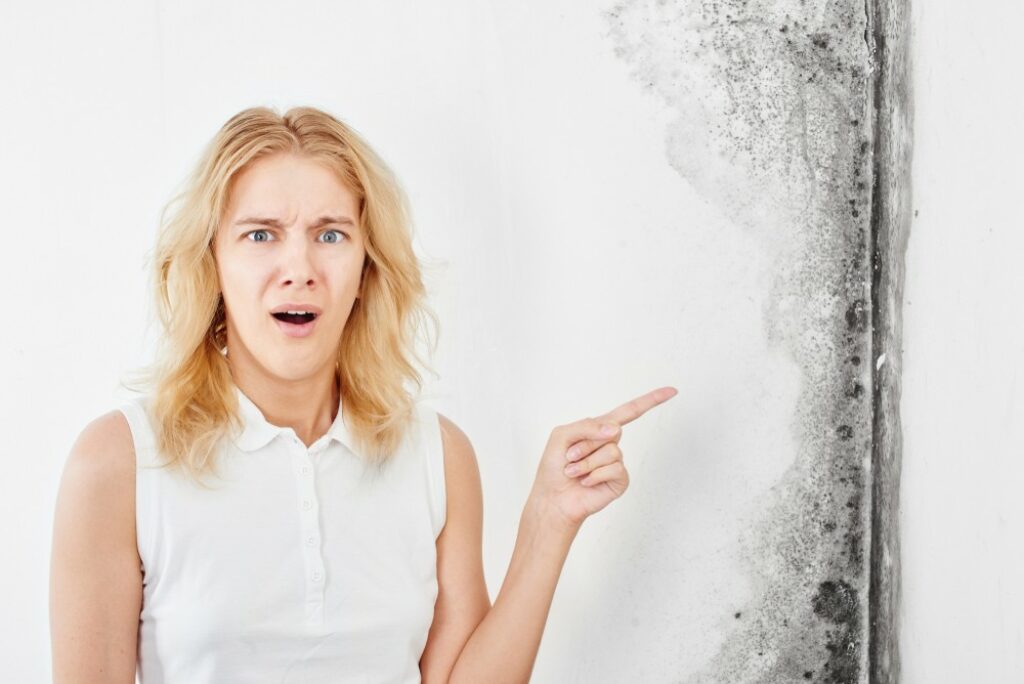
Mold Remediation
Mold is one of the most harmful, destructive and undesirable substances that can find its way into your home. Worse still, the growth begins small and is hard to notice, which gradually grows and worsens over time. So, what can be done to effectively tackle this issue?
Related Topics (Sponsored Ads):
Mold is a common household problem. It is caused by moisture that gets trapped, providing a perfect environment for mold spores to take hold. If neglected for a prolonged period, it can cause significant damage to both the structure of a home, its overall value and the health of its occupants. Mold remediation is the process of removing mold and preventing its return. It’s essential to take action right away, before it gets out of control. This article will delve into the importance of mold remediation, specific methods for removing mold, and tips on preventing its recurrence.

Understanding Mold
Mold is a type of fungus that thrives in damp, humid, and warm environments. It reproduces by releasing spores into the air, which can then settle on surfaces and grow into new mold colonies.
Common indoor mold species include Cladosporium, Penicillium, Alternaria, and Aspergillus. Mold can grow on various surfaces, including walls, ceilings, carpets, wood, and insulation. It can also thrive in hidden areas such as behind drywall, under carpets, and in HVAC systems.
Why Mold Should Be Removed
It poses a multitude of risks to both property and human health. Firstly, it can cause significant damage to buildings and homes by weakening structures, causing wood to rot, and compromise the integrity of drywall and other building materials. Additionally, mold leads to unpleasant odors and unsightly stains, reducing the aesthetic appeal of a property.
Beyond property damage, mold often causes severe health implications as well. Exposure to mold spores can trigger allergic reactions, asthma attacks, respiratory issues, and other health problems, particularly in individuals with compromised immune systems or pre-existing respiratory conditions. Prolonged exposure to mold can lead to chronic health issues and exacerbate existing health conditions.
Ways to Remove Mold
~ Identify the Source of Moisture: Before embarking on mold removal, it is crucial to address the source of moisture that is fueling mold growth. Without eliminating the source of moisture, mold will likely return even after remediation efforts. Common sources of moisture include leaks, condensation, high humidity, and water infiltration from the exterior.
~ Use Protective Gear: When dealing with mold, it is essential to protect yourself from exposure to mold spores and mycotoxins. Wear protective gear such as gloves, goggles, and an N95 respirator to prevent inhalation of mold spores.
~ Scrubbing and Cleaning: For non-porous surfaces such as tiles, bathtubs, and countertops, mold can be removed by scrubbing with a solution of detergent and water. For more stubborn mold growth, a solution of bleach and water (1 cup of bleach per gallon of water) can be effective. However, caution should be exercised when using bleach, as it can be harmful if not used properly.
~ Removal of Porous Materials: Porous materials such as drywall, insulation, and carpeting that are extensively contaminated with mold may need to be removed and disposed of properly. Attempting to clean and salvage severely mold-infested porous materials may not be effective, as mold can penetrate deep into these materials, making complete removal challenging.
~ HEPA Vacuuming: After scrubbing and removing visible mold growth, it is essential to HEPA vacuum the area to capture any loose mold spores and particles. This helps to prevent the spread of mold to other areas during the remediation process.
~ Encapsulate Surfaces: Once the mold has been removed, it is advisable to encapsulate the treated surfaces with mold-resistant paint or sealant. This can help prevent future mold growth and provide an added layer of protection to the remediated areas.
Tips on How to Prevent Mold
1. Control Indoor Humidity: Keeping indoor humidity levels below 60% can significantly inhibit mold growth. Use dehumidifiers in damp areas such as basements and bathrooms, and ensure proper ventilation in areas prone to moisture buildup.
2. Promptly Address Leaks and Water Intrusion: Any leaks from plumbing, roofs, or windows should be promptly repaired to prevent water from seeping into the structure and promoting mold growth.
3. Proper Ventilation: Ensure adequate ventilation in kitchens, bathrooms, and laundry rooms to reduce moisture buildup. Use exhaust fans to expel moist air to the outside and open windows to facilitate air circulation.
4. Regular Inspection: Periodically inspecting areas prone to mold growth, such as attics, basements, and crawl spaces, can help identify and address potential mold issues before they escalate.
5. Use Mold-Resistant Materials: When renovating or constructing a property, consider using mold-resistant materials such as mold-resistant drywall, paint, and insulation. These materials are designed to deter mold growth and can be beneficial in preventing mold issues.
6. Professional Inspection: Consider hiring a professional mold inspection and remediation company to conduct regular inspections and address any mold issues promptly and effectively.
Final Thoughts
Without a doubt, mold remediation is a critical process for maintaining a safe, clean, healthy, and structurally sound indoor environment. Now that you have a better understanding of the importance of mold removal, employing specific methods for mold remediation, and implementing preventive measures, you can effectively combat mold growth and safeguard your properties and well-being.




